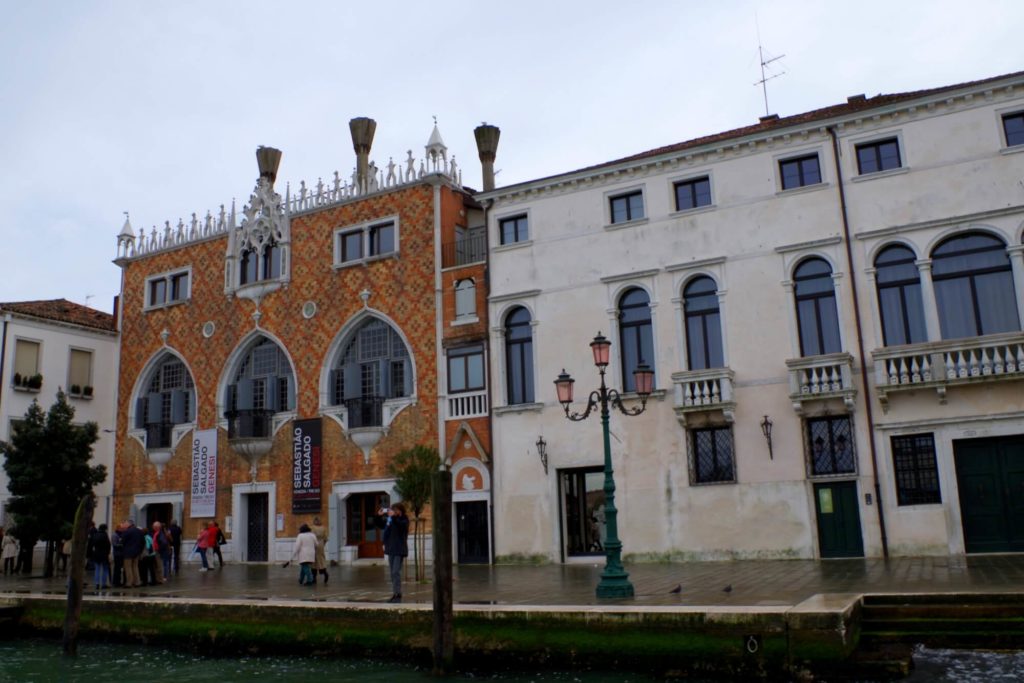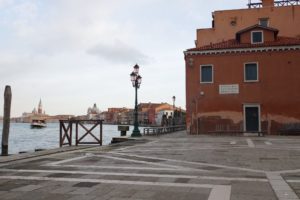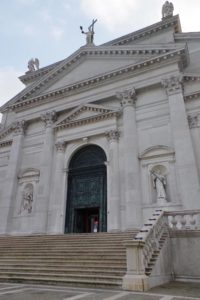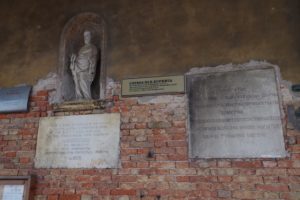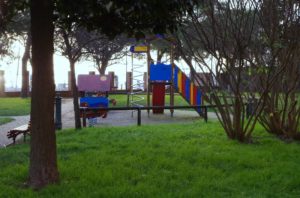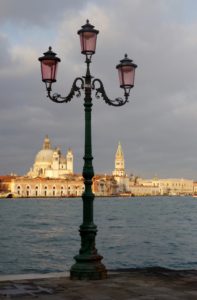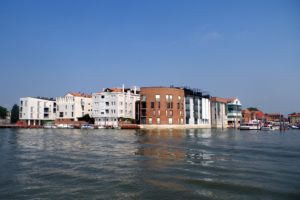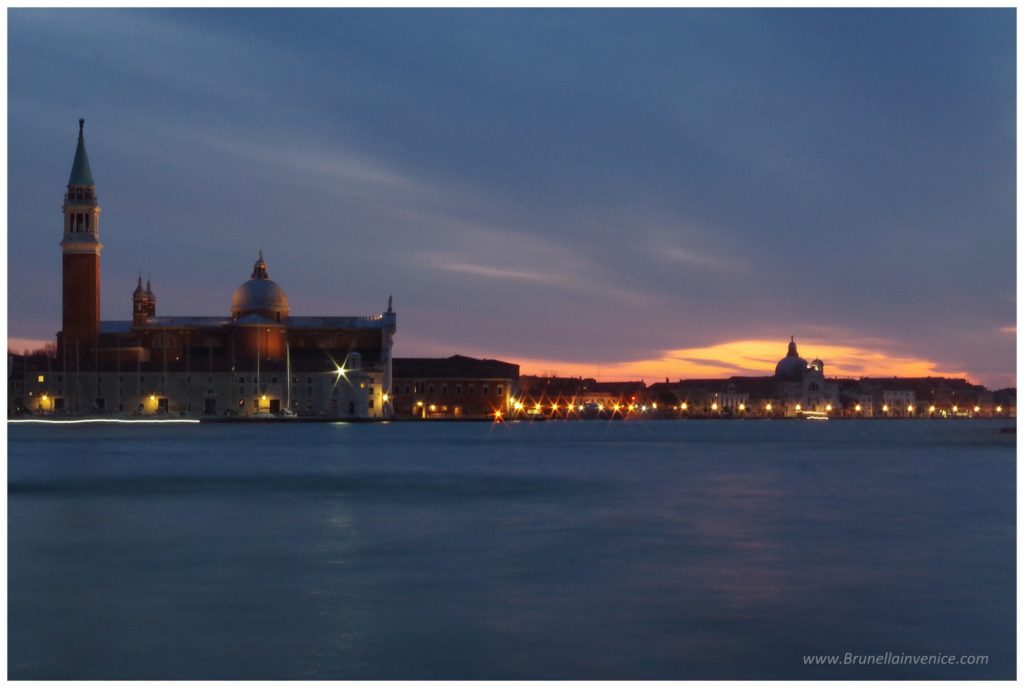Among the museums and places to visit Venice, the “Casa dei Tre Oci” is certainly one of my favorite places. Here I attended the first photography course: a starting point of my passion for the photo.
The “Casa dei Tre Oci” is a splendid example of Venetian architecture of ‘900. Built in 1913 on the island of Giudecca, it was designed by the artist Mario De Maria (Marius Pictor).
After a thorough restoration by the Company “Polymnia Venezia”, the “Casa dei Tre Oci” became in 2012 an exhibition space open to the public, a place of preparation and cultural comparison on contemporary languages, with particular attention to photography. I have seen:
“Genesis” Sebastião Salgado 01:02> 05/18/2014
“Venice is defended 1915 – 1918” 13/09/2014> 01/11/2015
“Building a Nation” Lewis Hine 13/09/2014> 01/11/2015
Exhibitions upcoming 2015: “Tre Oci Three Exhibitions” (from 7 February to 12 April 2015) and “Look for Woman” (from 11 September to 8 December 2015).
To reach the island of Giudecca, you can take the ACTV number 2 with departures every 12 minutes (San Marco Zaccaria – Giudecca – Piazzale Roma – Rialto – San Marco Giardinetti), or the ACTV number 4.2 – 4.1 with departures every 20 minutes (Murano – San Marco Zaccaria – Giudecca – Railway – Murano).
Curiosity and things to see on the island of Giudecca
The island of Giudecca was formerly called “spina longa” for its long and narrow shape. Later took the name of the place name Zudeca (place for tanning leather) or Zudegà (in ancient Venetian “judged”). This island is considered one of the quieter islands of the Venetian lagoon.
Giudecca consists of eight islands, connected by bridges and bridges. On that side of the island from the lagoon, there are gardens, vegetable gardens, yards for the storage of boats, artisans’ workshops and small factories. On this side you can enjoy the beautiful sunsets. Once the gardens and orchards were the real feature of this island. The testimony of Ludovico Ughi (in the map of 1729) documents the heritage with the drawing of the single flower beds. In the gardens, which were often private and inaccessible, there were botanical gardens, exotic plants and flowers, medicinal herbs and rare plants from distant lands. Initially consisting of convents, literary and philosophical academies, gardens and orchards, the island of Giudecca has changed its face after the changes brought by industrialization in the late nineteenth.
Among the religious architecture that you can see: Church of the Redentore (built between 1577 and 1592 to a design by Palladio, was built as a sign of thanksgiving for the end of the terrible plague which in 1576 caused the death of a third of the population of Venice : today is the centerpiece of the “Feast of the Redentore“), Church of Zittelle (consecrated in 1588 to the presentation of the Blessed Virgin Mary, is part of a complex featuring a former hospice for young girls from poor families who lived and worked in it as embroiderers and lace makers), Church of Santa Eufemia (dating from the seventh century, is among the oldest in Venice).
For sunsets and if you are with small children, you can reach the garden behind the Church of the Redentore (you can see the yellow route in the map):
For a quick visit of the island is preferable from the ferry stop “Redentore” and start from stop “Palanca”. Not to be missed, according to your interests:
- Harry’s Dolci (closed for the winter)
- Terrace bar of the Hotel Hilton Stucky (the building is the former mill of cereals and factory of Giovanni Stucky, it turned into a modern hotel with a conference center in 2007)
- Architectural projects: District Junghans (Corte Cordami 565-566 – Cino Zucchi, Boris Podrecca, etc of 2002) and Ex Dreher Beer House (Fondamenta San Biagio 801 – Giuseppe Gambirasio, etc of 1992)
- Showroom Fortuny (Fondamenta San Biagio 806: here you will find the famous factory of Mariano Fortuny fabrics with exposure in showroom of materials, designs, fabrics and other work, including pillows, accessories and lighting. The factory was established in 1919 when Fortuny bought land on the island of Giudecca by Stucky. The land was once owned’ of an old convent subsequently closed by Napoleon. Although the factory does not allow visits to secrecy production of Mariano Fortuny, the showroom is open to the public, click here for info).
San Giorgio Island and Giudecca Island from Venice


